In commercial kitchens and professional cooking environments, maintaining strict food safety protocols is critical. One of the most commonly asked questions among kitchen professionals is, what color cutting board is used for chicken? The simple answer is that the yellow cutting board is globally recognized for raw poultry. But why is this important, and how does it impact kitchen hygiene and efficiency? Lets dive deep into the importance of using color-coded cutting boards for chicken and other foods to safeguard your kitchen from cross-contamination.
From culinary schools to Michelin-starred restaurants, understanding the role of cutting board colors is an essential skill. This article not only answers your question but also provides comprehensive details on color codes, cleaning guidelines, and pro tips for kitchen safety.
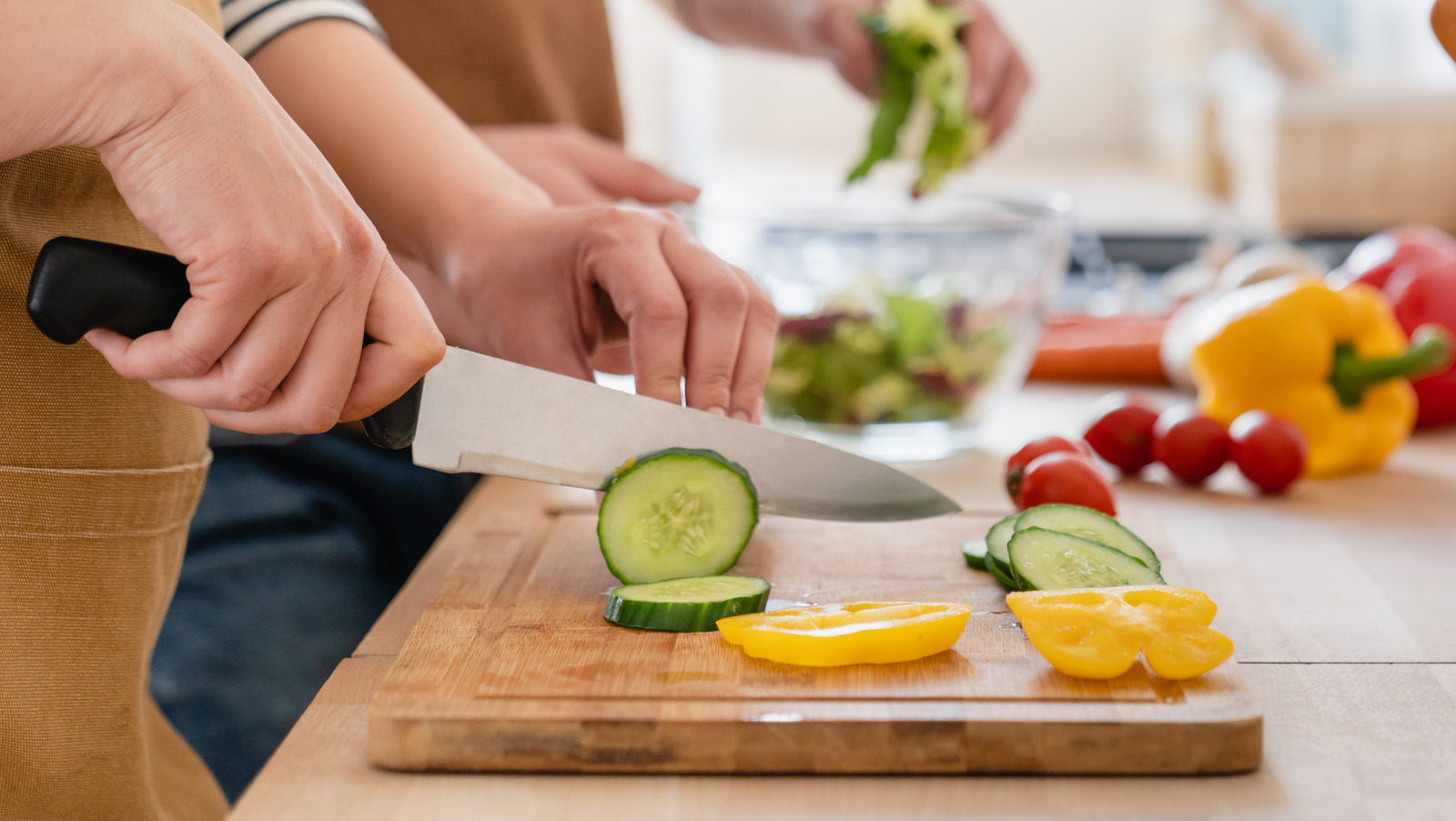
Why Professional Kitchens Use Color-Coded Cutting Boards
A Quick History of Cutting Board Color Codes
The practice of using color-coded cutting boards originated as part of food safety regulations introduced by health authorities. With the rise of foodborne illnesses, it became apparent that cross-contamination was a major culprit. Assigning different colors to cutting boards for various food categories helps reduce this risk dramatically.
If youve ever wondered, Does it really matter what color cutting board I use for chicken?the answer is a resounding yes! Poultry, especially raw chicken, is a common source of harmful bacteria such as Salmonella. Experts recommend using a yellow cutting board exclusively for handling raw poultry to differentiate it from those used for vegetables, seafood, or cooked foods.
How It Ensures Food Safety in Kitchens
Cross-contamination occurs when bacteria or harmful particles from raw food come into contact with ready-to-eat or cooked foods. Imagine chopping raw chicken on the same surface you use for saladsthis could lead to food poisoning. Using designated yellow cutting boards creates a safe barrier and helps in maintaining hygienic practices.
The Standard Color Coding for Cutting Boards
For those new to professional kitchens, here is the globally accepted color code for cutting boards:
- Yellow: Raw Poultry (including chicken and turkey).
- Red: Raw Meat (such as beef and pork).
- Blue: Seafood.
- Green: Vegetables and Fruits.
- White: Dairy and Bakery Products.
- Brown: Cooked Foods.
These color codes are especially critical in busy professional kitchens where seamless operations reduce the chances of contamination. Ensuring that the yellow cutting board is used exclusively for raw chicken helps maintain food safety across all prep stations.
Best Practices for Caring for Your Cutting Boards
Cleaning and Sanitizing
Maintaining your cutting boards is just as important as knowing their purpose. To extend the lifespan of your boards, clean them immediately after use with hot, soapy water. For professional-grade sanitation, mix water with one tablespoon of bleach to disinfect them. Want to know more tips? Check out this helpful guide on how to clean an old cutting board.
Storing the Boards
Store cutting boards in a cool, dry place to avoid mold or bacterial growth. If you're concerned about stability while chopping, learn what can be done to avoid unwanted movement for extra safety.
Replacing Worn-Out Boards
Cuts and grooves on your board can harbor bacteria, no matter how thoroughly you clean them. Replacing your cutting boards regularly is essential for maintaining hygiene. Some kitchens use boards made with anti-bacterial properties for added safety.
Why Not Stick to a Single Cutting Board?
If you occasionally use one cutting board for chopping everything, think again. Using the same surface for raw chicken and other items, like veggies, could cross-contaminate your food. This cross-contamination leads to food poisoning, which can seriously harm your diners health.
Professional kitchens rely on separate cutting boards for different foods to keep operations streamlined, safe, and hygienic. Invest in a set that includes all six color boards and ensure that your staff follows the guidelines religiously.
FAQ Section
What color cutting board is used for chicken?
Yellow is the globally accepted color for cutting boards used exclusively for raw chicken and poultry to prevent cross-contamination.
Can I use a plastic cutting board for raw chicken?
Yes. Plastic boards are preferred in professional kitchens as they are non-porous and easy to sanitize compared to wooden cutting boards.
How often should I replace my cutting board?
Replace cutting boards when they develop deep grooves or stains that cannot be cleaned, as these could harbor harmful bacteria.
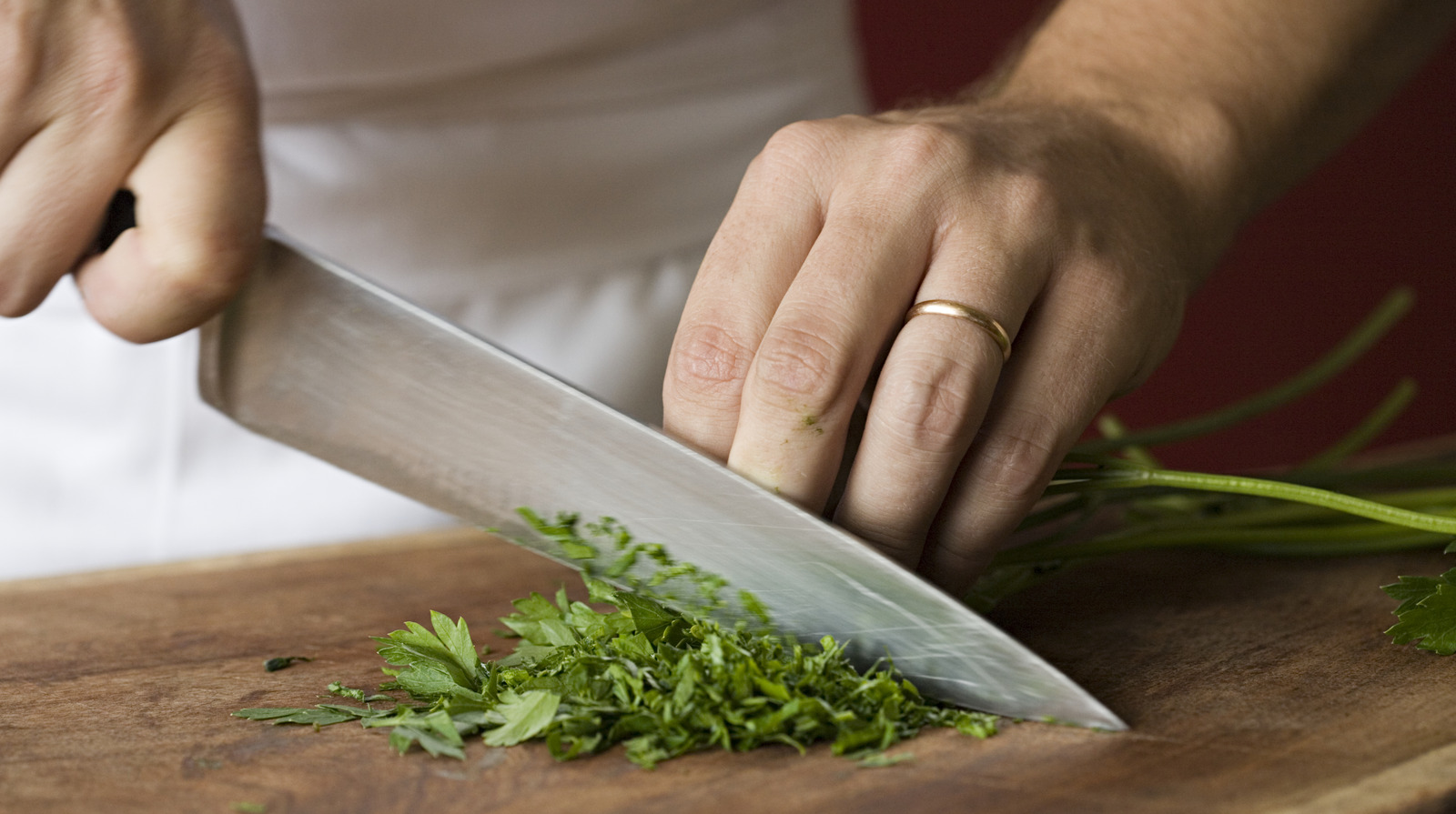
Conclusion
So, answering the critical questionwhat color cutting board is used for chicken? Its the yellow board, designed specifically to handle raw poultry safely. For professionals, operating in a high-pressure kitchen environment is no excuse to overlook hygiene standards. Utilize the color-code system, maintain your kitchen tools, and always focus on food safety. Want to delve into more cutting board hacks? Check this cutting board care guide.
This article contains affiliate links. We may earn a commission at no extra cost to you.

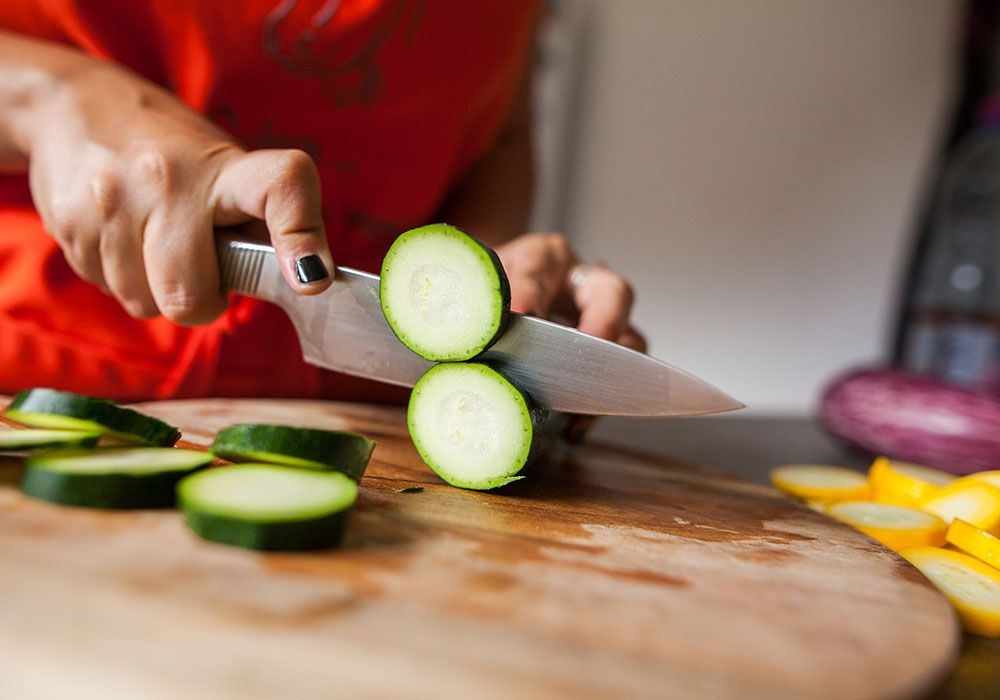


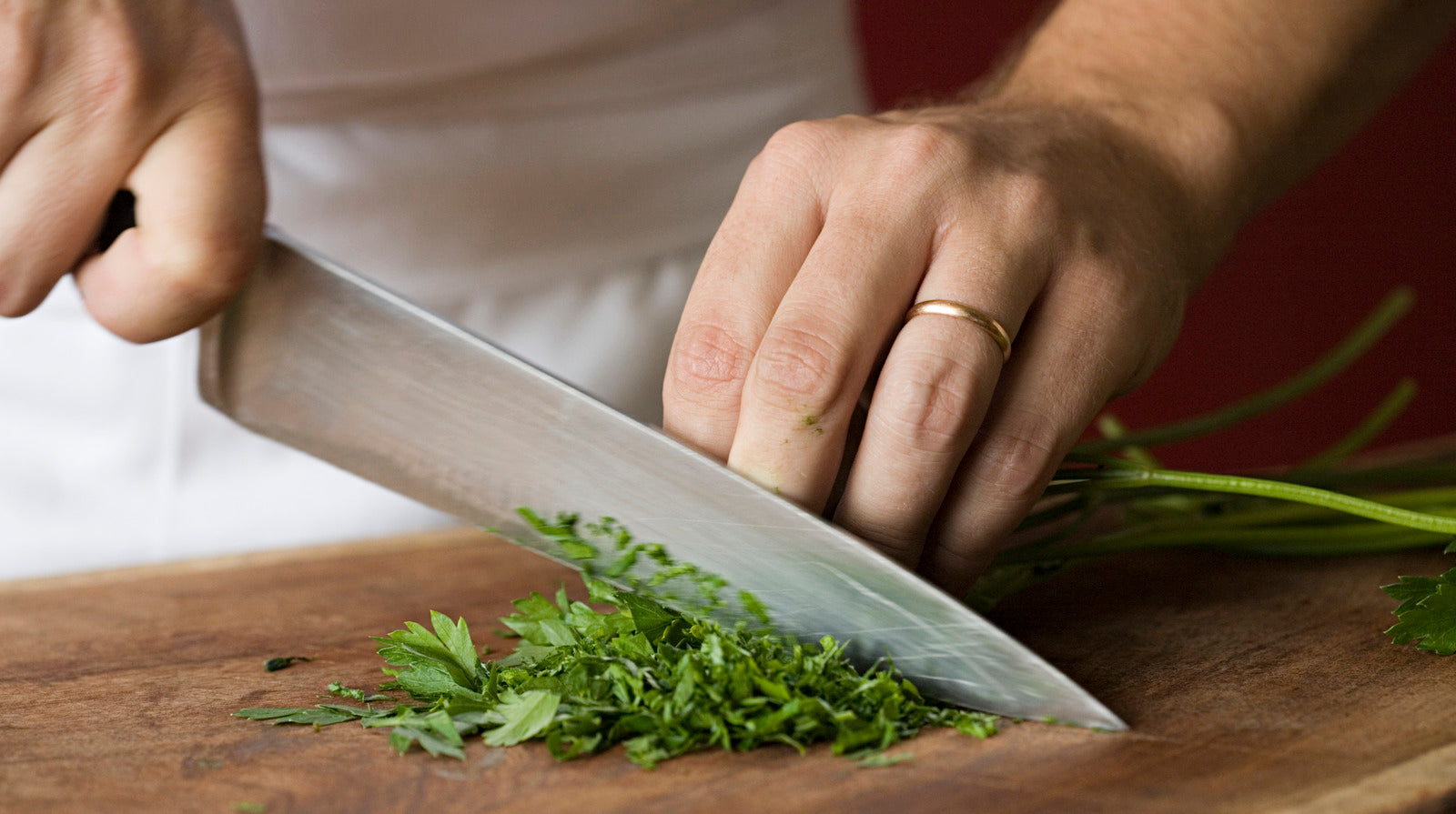
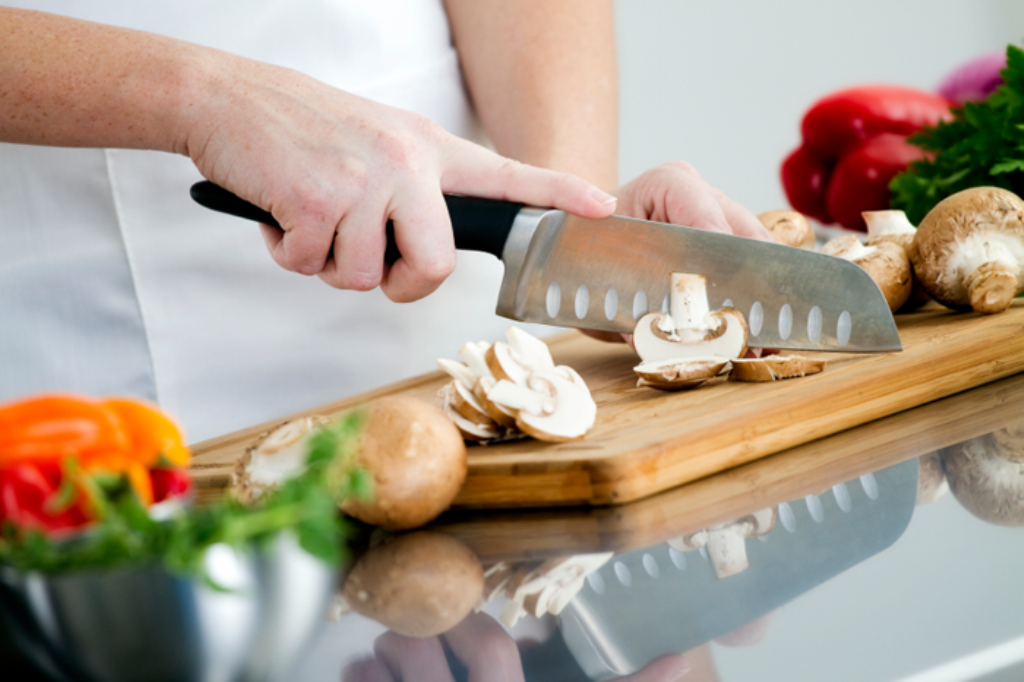
Leave a comment
This site is protected by hCaptcha and the hCaptcha Privacy Policy and Terms of Service apply.